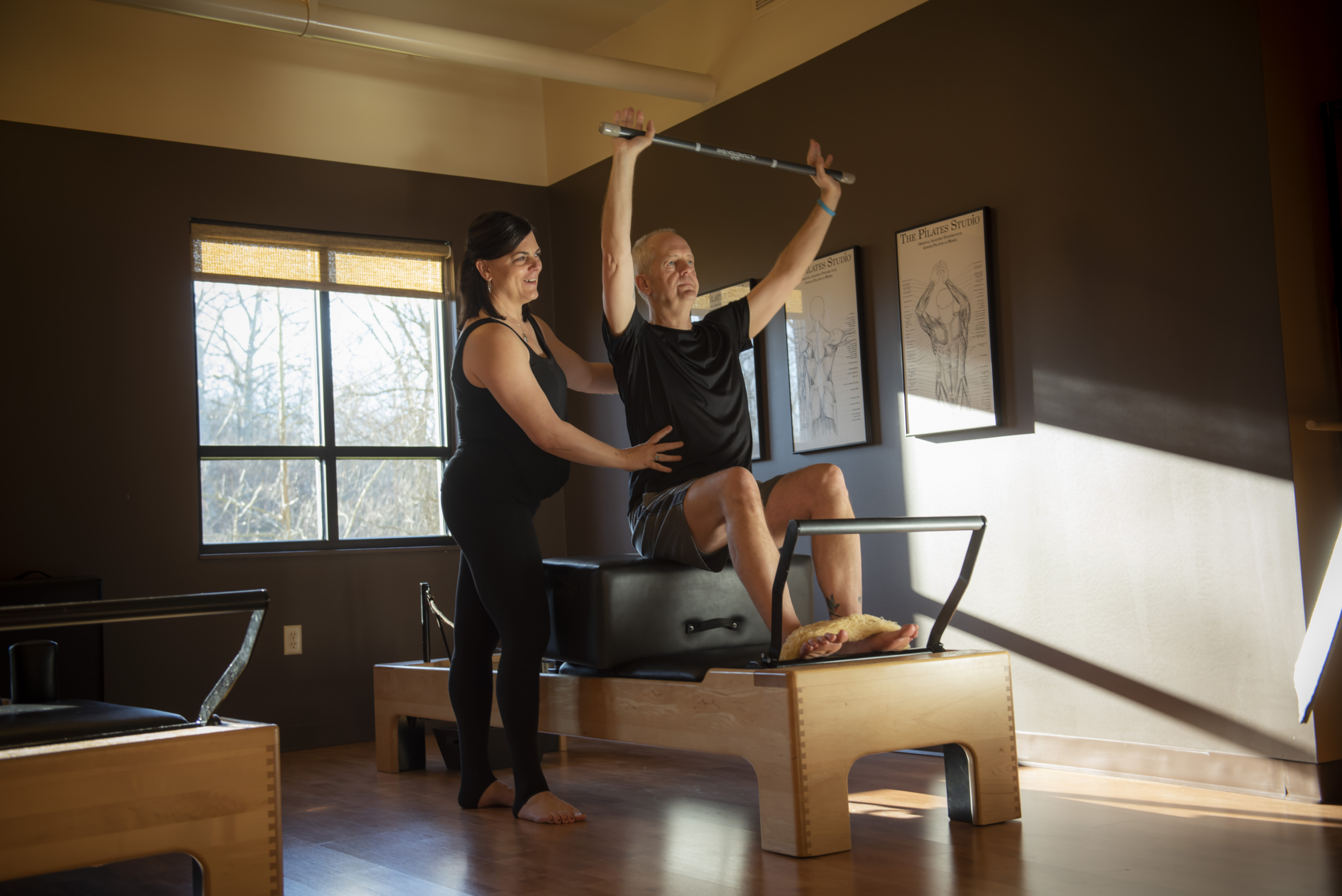Fitness for Men: Recapturing the Past or Preparing for the Future? Mike Stone I am a male over the age of sixty and, frankly, in the best shape of my life. I don’t do ab crunches; I don’t do deadlifts; I don’t do leg extensions; I don’t do squats on the rack; and I don’t do bench presses. And contrary to the latest fitness trend, I don’t flip tractor tires or shake giant ropes. In addition, I don’t spend an hour every day on a treadmill, and I stopped running 10k’s and half-marathons 20 years ago. I should explain what I mean when I say I am Any form of exercise is good. But the critical consideration in choosing a fitness program is to determine what form of exercise is best for you. The first step is to be clear on what you want to accomplish through a fitness program. Whether we like it or not, our 50-year-old muscles cannot endure what our 30-year-old muscles did. The good news is that we don’t need our muscles to do for us what we demanded of them 20 years ago. Being able to bench press 250 lbs. in middle age, as good as that may make you feel emotionally, has no practical utility in everyday life. Nor does squatting 300 lbs. Not only does heavy weight training lack practical utility, but it will likely cause joint injuries or muscle tears. What we want from an exercise program at age 50 and beyond is functional fitness. If you are like me, you want to maintain an active lifestyle. For this, we need core stability, balance, and strength. But there is a difference between raw muscular strength (like deadlifting 500 lbs.) and the deeper core strength that comes from slow, controlled movements. To put it simply, Pilates strengthens the muscles we don’t see – the stabilizing muscles in our hips, shoulder, and lower back. Further, Pilates focuses on muscle groups, not individual muscles. When in your life are you going to use your quadriceps in isolation from other muscles? Yet, that is what you do when you do leg extensions. Choosing an exercise program after the age of 50 can be confusing. Like adolescents straddling childhood and adulthood, we are torn between restoring what what used to be and preparing for what is going to be. Pilates has prepared me to remain active as I age by teaching me to utilize muscles as they were designed to be used. “in shape”. The short answer is that I can do the things I want to do. I play golf, I climb ladders to paint my house, I do yardwork without being sore the next day, and I take hikes and long walks. More importantly, I no longer have the lower back pain that plagued me for 25 years and, on a good day, I can bend over and touch the ground without bending my knees.
“in shape”. The short answer is that I can do the things I want to do. I play golf, I climb ladders to paint my house, I do yardwork without being sore the next day, and I take hikes and long walks. More importantly, I no longer have the lower back pain that plagued me for 25 years and, on a good day, I can bend over and touch the ground without bending my knees.
 5 Myths About Pilates
5 Myths About Pilates 

